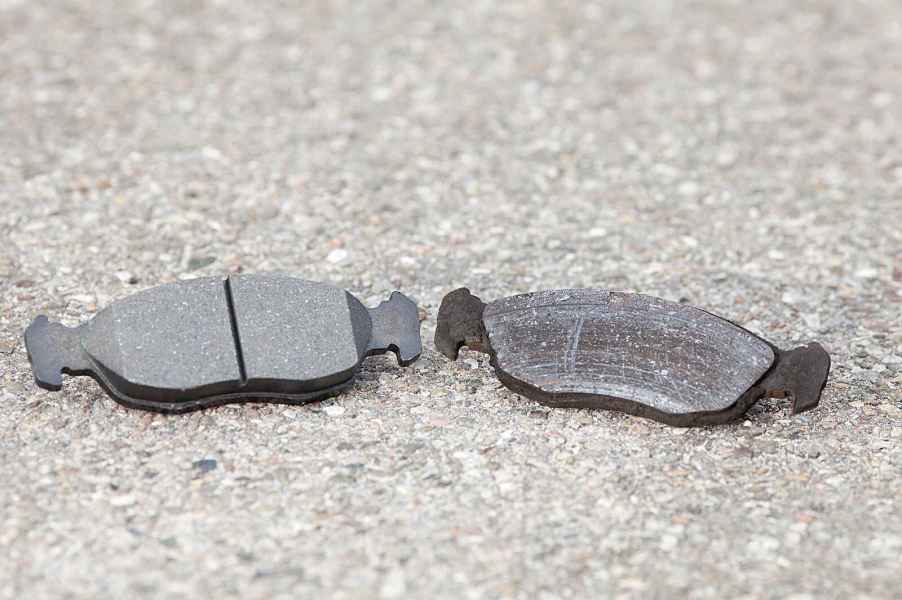
How thick are new brake pads vs. old ones?
During my days writing service at a local shop, I often walked customers up to our “Hall of Fame.” Now, it wasn’t necessarily a good thing to make it into the storied display case. The shelf was full of broken, defective, and generally unsafe car parts we’d removed from customer vehicles. Since brake services were so common, one Hall-of-Famer I’d often point to was a set of “metal on metal” brake pads and rotors.
Of course, you’d really have to ignore brake pad squeaks and squeals or even a dash warning light to grind pads down to their backing plate. Most of the time, the tech would provide a measurement of the remaining pad life on a customer’s car. I’d start giving folks a heads-up at around 30% remaining.
Different models will have varying pad specs. Vehicle weight, power, and performance all require specific pad sizes, shapes, and thicknesses. Most new brake pads are 10-12mm thick. As such, the “30% remaining” is anywhere from about 3mm to 4mm. The Ford F-150 has thicker pads, about 17mm. 30% left would be about 5mm, then.
At 30% or less, I’d provide an estimate for a brake job (that’s new pads, rotors, and a caliper service). Depending on their driving habits, customers would need to do the job right away or could wait a bit. Often, folks would just elect to do the work before it became a safety issue or to avoid caliper damage.
It’s easy to look up your vehicle’s brake parts specs. Next time you get the brake pads inspected, you can convert the percentage to millimeter thickness or vice-versa. Whether or not a tech recommends a brake job at 30% or less, know that you’ll need one soon…if not now.



